Matteo Guarnaccia designs chairs around seating habits of world's most populous countries
Encrypting your link and protect the link from viruses, malware, thief, etc! Made your link safe to visit.
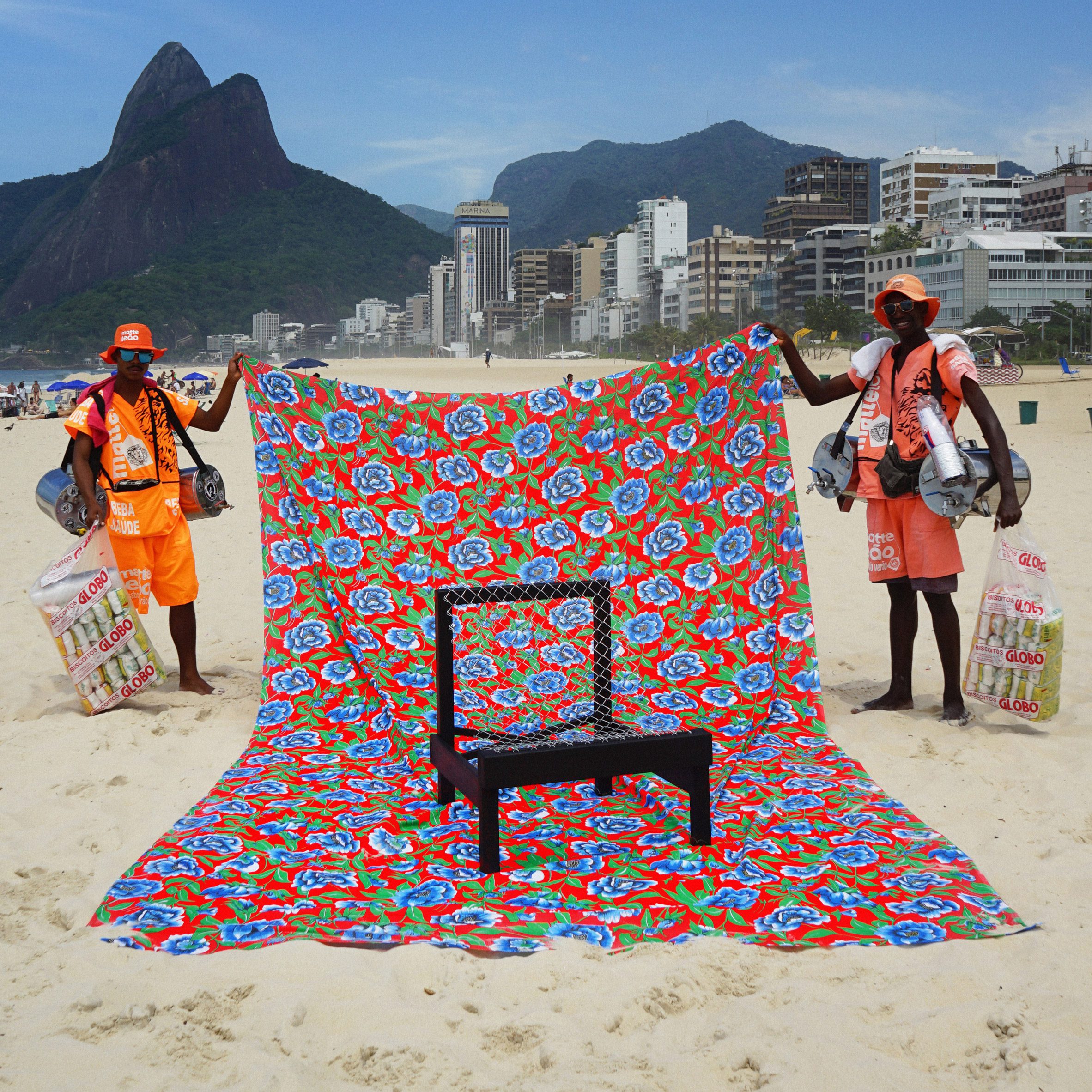
Sicilian designer Matteo Guarnaccia has visited the most populous countries in the world and collaborated with local makers to create a seating design in each country as part of his Cross Cultural Chairs project.
The results, which were unveiled alongside a dedicated book as part of the BASE exhibition at Milan design week, include a chair for cross-legged sitting and an uncomfortable seat inspired by the politics of Brazilian president Jair Bolsonaro.
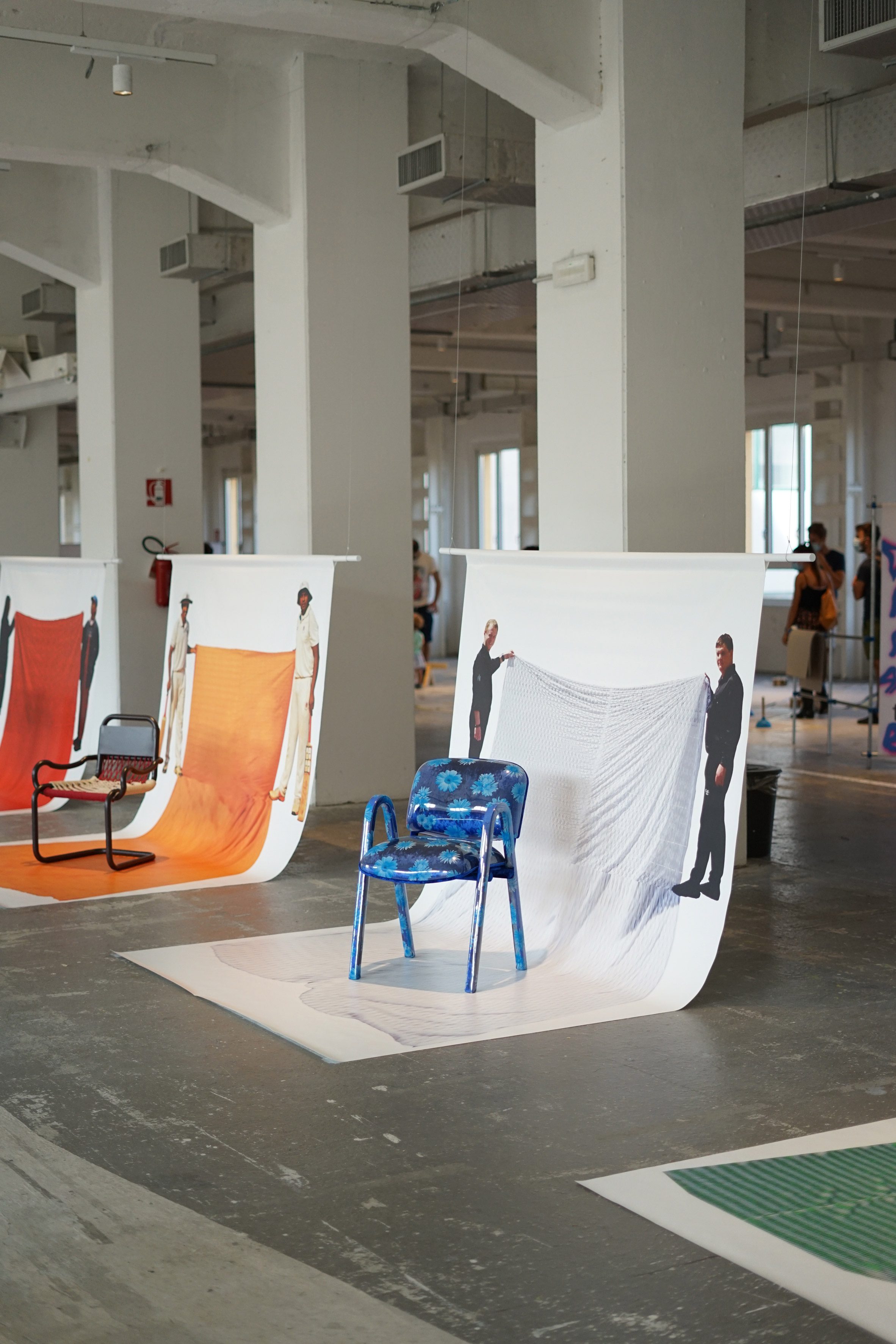
Guarnaccia's "freestyle research" project saw him spend a month in each country – visiting Brazil, Mexico, Japan, Indonesia, China, India, Russia and Nigeria – and asking the first people he encountered what they thought of as the "local chair".
Aware of his limited perspective as "a white man raised in Europe", he collaborated with a local designer in each location to produce a one-off design, incorporating the aesthetics and culture of that place and analysing how context can shape our concept of sitting.
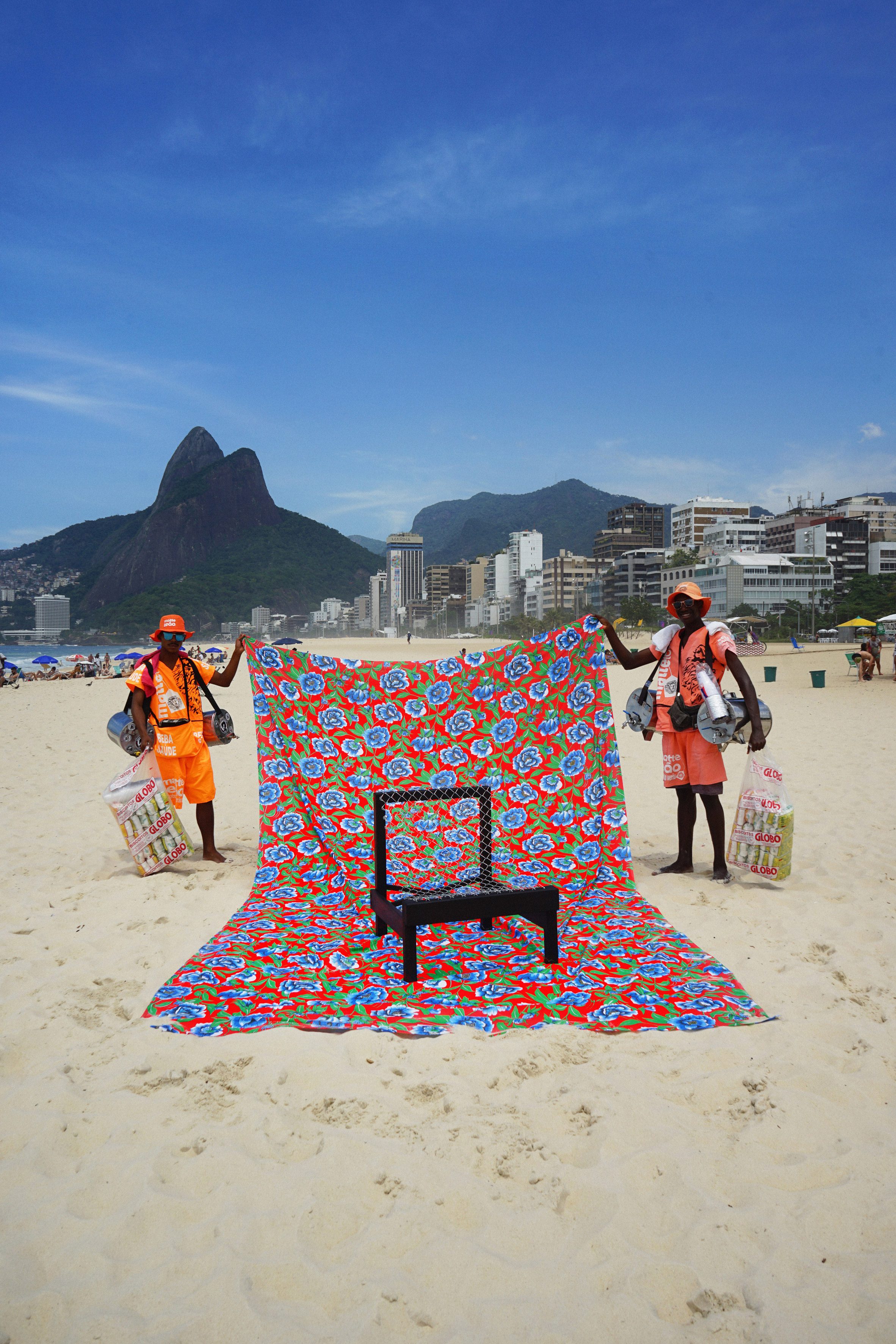
"My generation wears the same shoes, listens to the same playlists and watches the same movies but do we use the same chairs," Guarnaccia questioned.
"Do we sit the same way? I was driven to understand and see in the first person the impact of globalisation on design among young generations of designers, makers and architects."
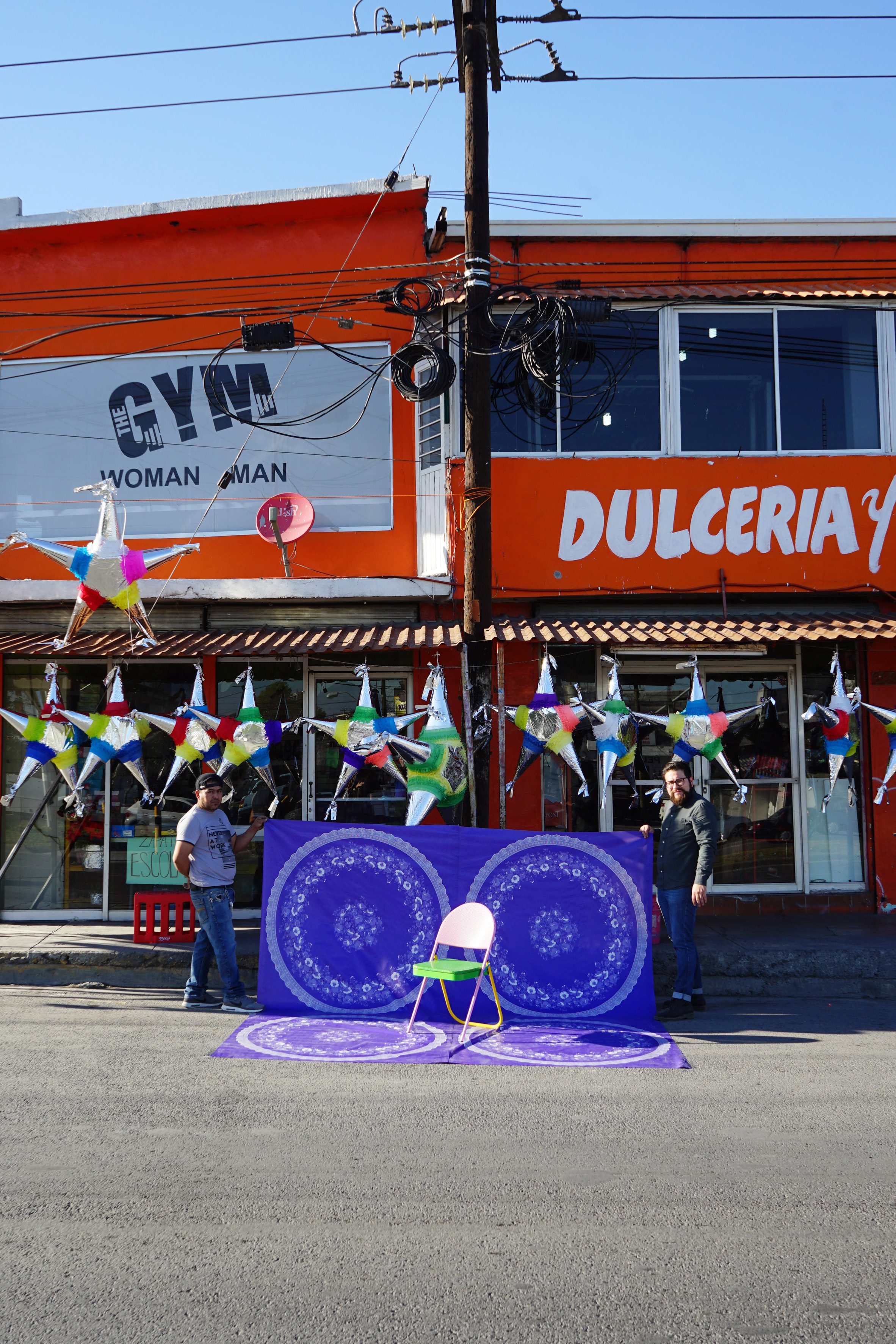
The chair made in Japan is legless and designed for use on tatami mats. Working with local designer Mikiya Kobayashi, Guarnaccia wanted to capture his interpretation of Japanese minimalism, which is translated into elegantly joined wood and a smoothly upholstered leather seat.
"Actually, I don't think Japanese style is minimal," he told Dezeen. "There's always this style or this intention to tell a story."
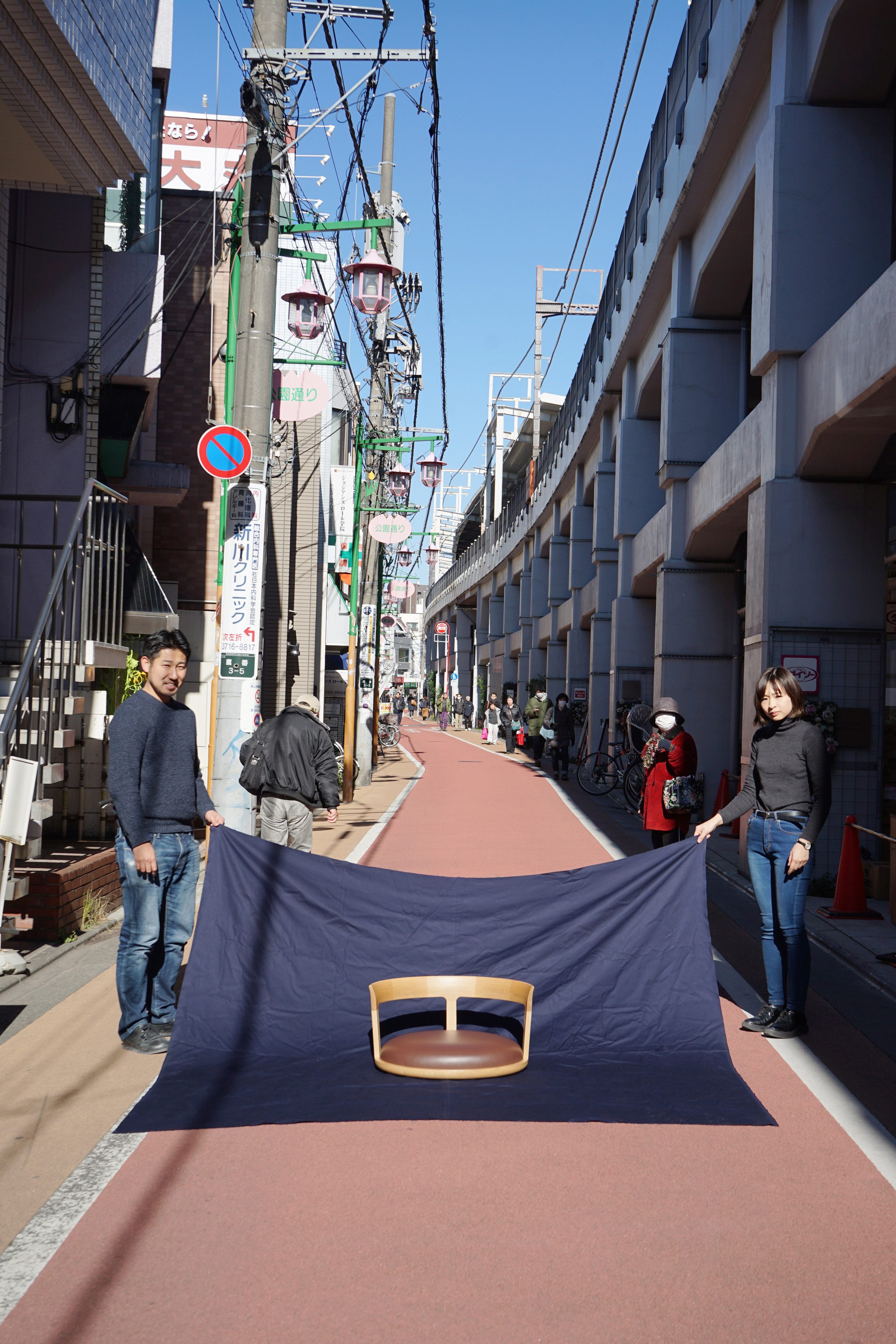
The relevance of chairs in eastern societies, where floor-sitting is traditional, was also questioned in India.
Here, chairs were only introduced during British colonial rule and the majority of people still cook, eat and work sitting on the floor. This has resulted in a "hybrid" way of sitting, Guarnaccia observed, in which people remove their shoes and sit on chairs cross-legged, even in formal settings.
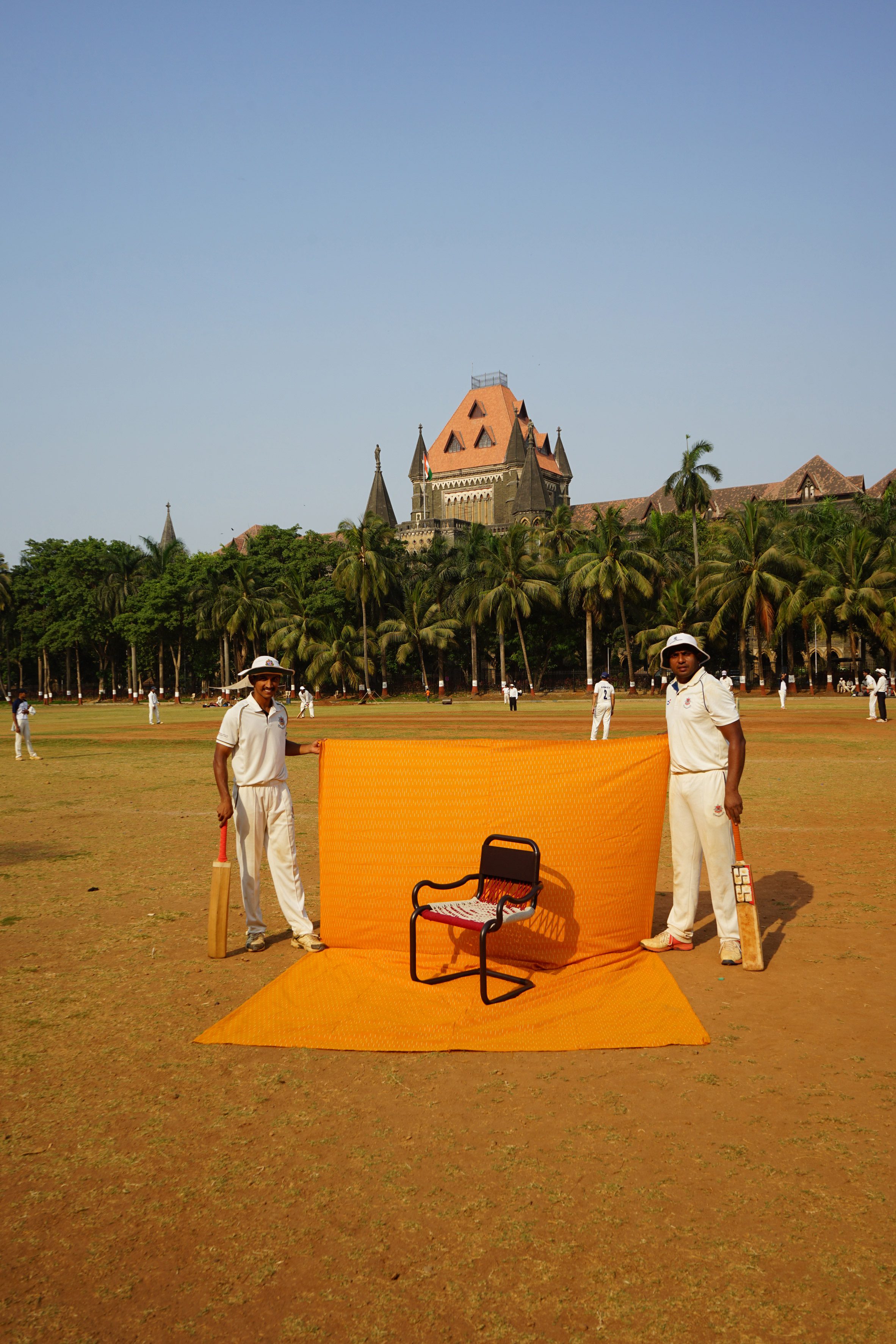
To honour this, his Indian chair made with Sameep Padora and Ajay Shah features indented "leg rests" instead of armrests for people to rest their splayed knees.
The chair's shape is derived from a modernist German chair common in India while its seat employs a weaving technique normally used for beds.
Guarnaccia presented his work at a local art or design museum at the end of every month to receive feedback from locals, and in the case of Nigeria even altered the final design based on the public's response.
The chair he designed in collaboration with Nifemi Marcus-Bello initially featured an all-wood frame, informed by the DIY furniture he observed on the streets of Lagos and the city's wood market, which is the largest in Africa. But Guarnaccia added metal panelling to the chair's exterior after locals deemed it as too simplistic.
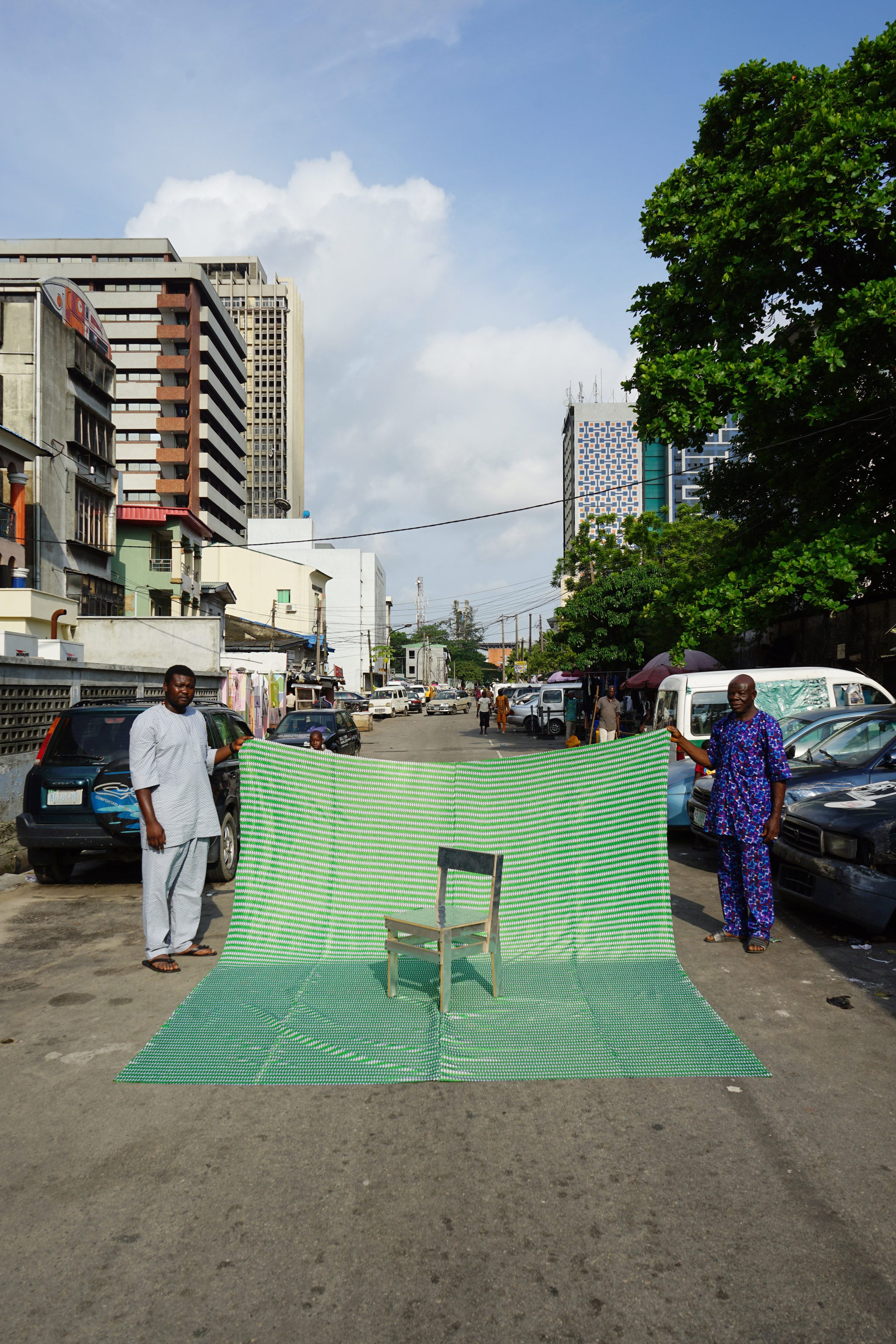
"They were like: 'you're one of those white, heterosexual Europeans that come to Nigeria and you present this wood chair but Africa is much more'," he told Dezeen. "So it also triggered this conversation about colonisation and globalisation."
In Brazil, his collaborator Brunno Jahara felt that the country had become an uncomfortable place under the leadership of Jair Bolsonaro, so the duo made an uncomfortable chair with metal wire for a seat.
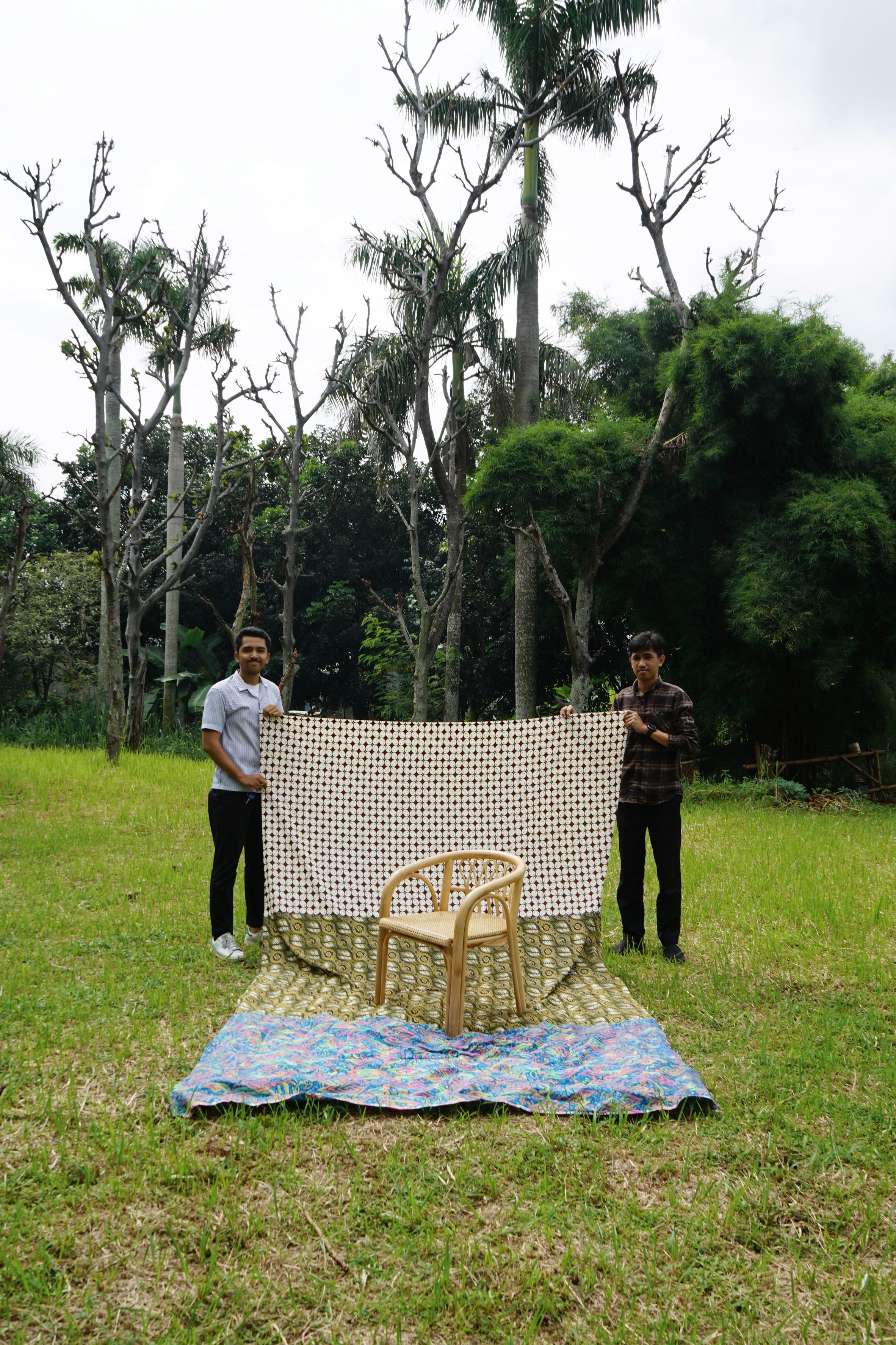
Others show a more light-hearted approach, with the Russian chair borrowing its aesthetic from the country's affection for plastic flowers, capable of surviving the winter, while the Mexican chair plays with stereotypes by embracing bright colours.
The Indonesian and Chinese chairs reflect on the country's production methods. Indonesia is the world's largest rattan producer and tends to replicate Scandinavian design in local materials, as does Guarnaccia's chair.
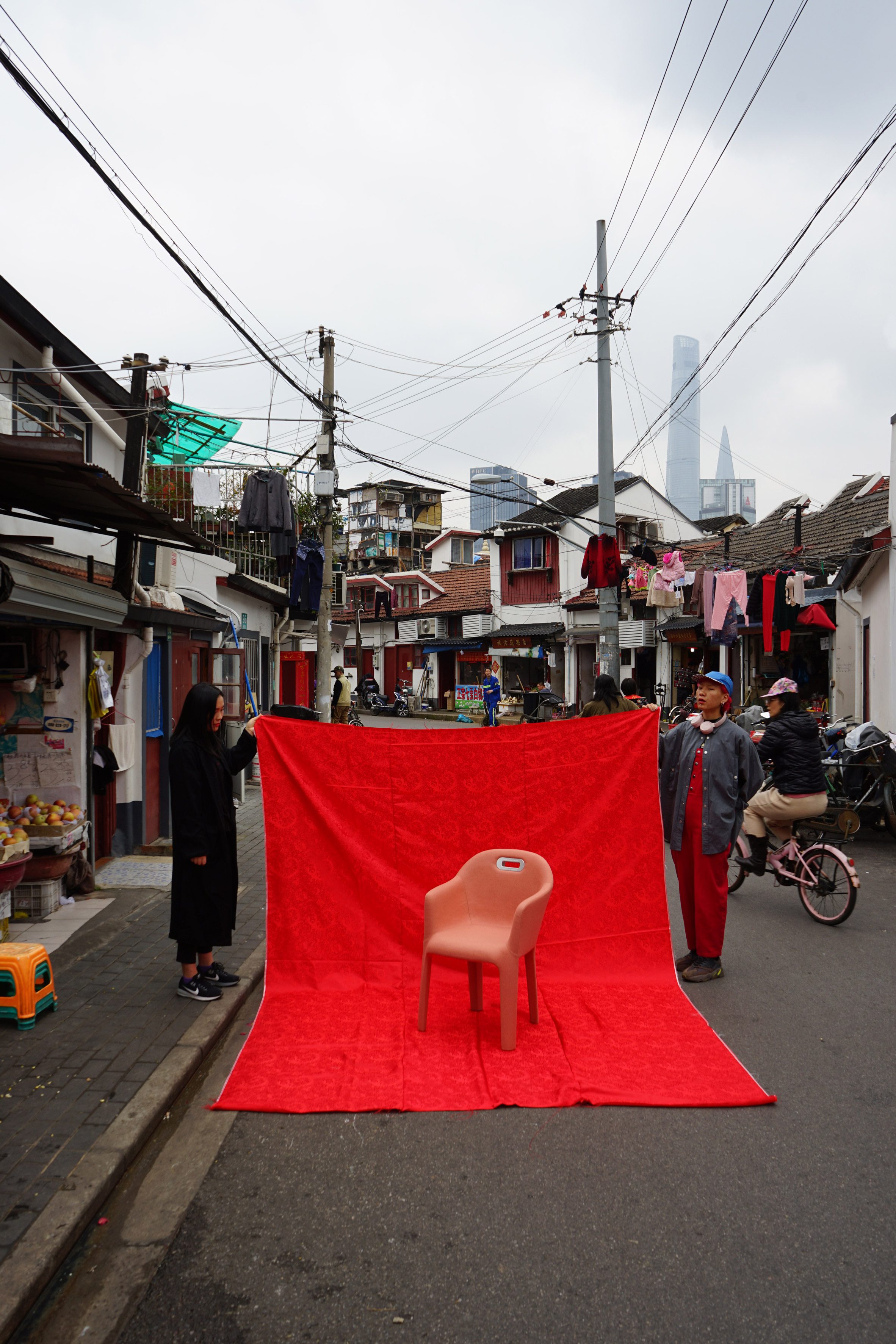
In China, reflecting on knock-off practices and his own perception of what "made in China" means, he upholstered a chair in an expensive, recycled plastic fabric by Kvadrat, striving to give it value.
"You can literally trace the evolution of humanity in terms of techniques and materials through chairs," said Guarnaccia.
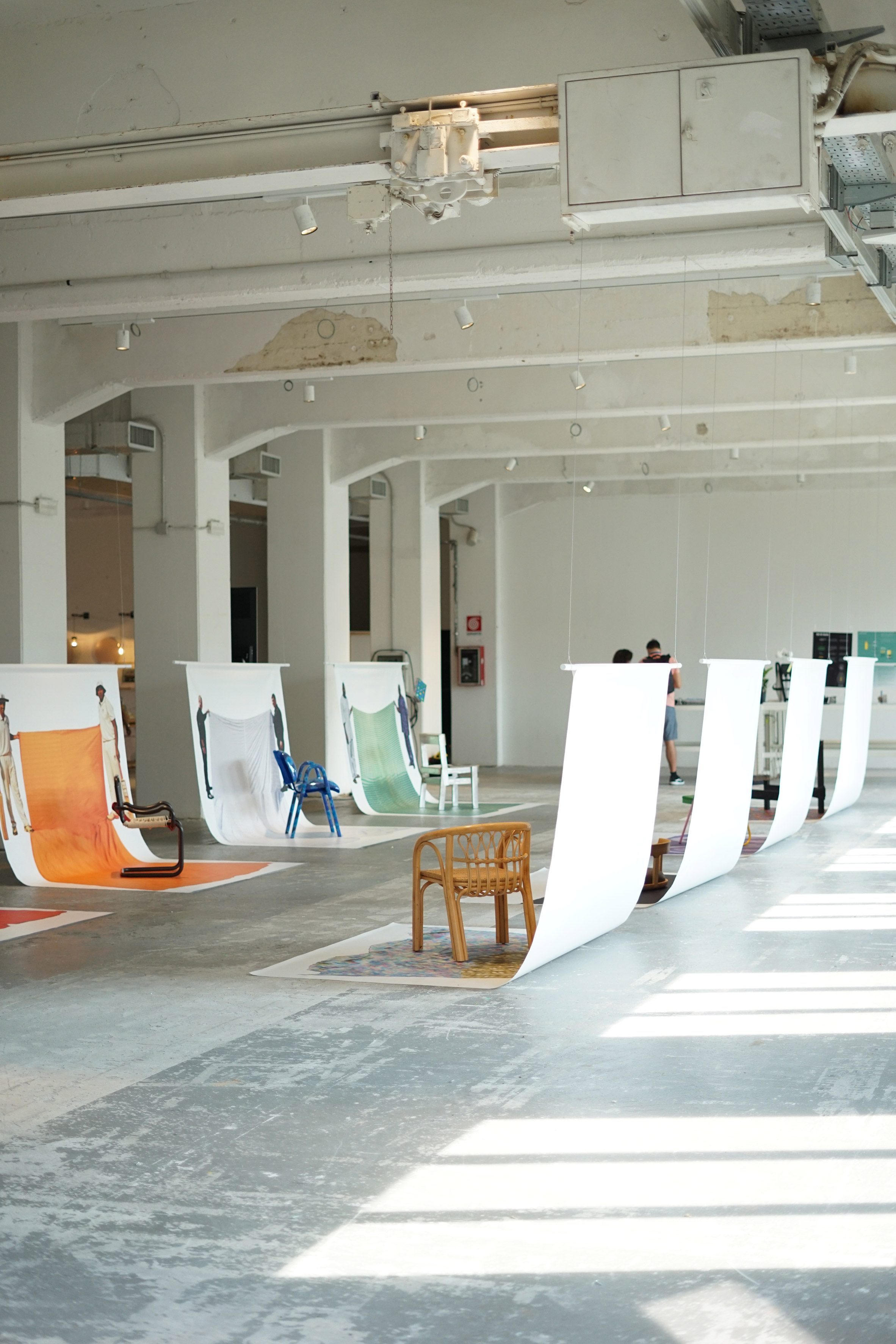
The chairs were exhibited alongside the Cross Cultural Chairs book, which includes an introductory interview by FormaFantasma and Aldo Cibic.
Milan design week returned in a more low-key format this year, with exhibitions including a showcase of candleholders by the likes of Marcel Wanders to Patricia Urquiola, as well as a Lost Graduation Show from student designers who weren't been able to exhibit last year due to the coronavirus pandemic.
Cross Cultural Chairs was exhibited as part of the BASE Milano exhibition at Milan design week 2021, which ran from 4 to 10 September. See Dezeen Events Guide for an up-to-date list of architecture and design events taking place around the world.
The post Matteo Guarnaccia designs chairs around seating habits of world's most populous countries appeared first on Dezeen.





0 Response to "Matteo Guarnaccia designs chairs around seating habits of world's most populous countries"
Post a Comment